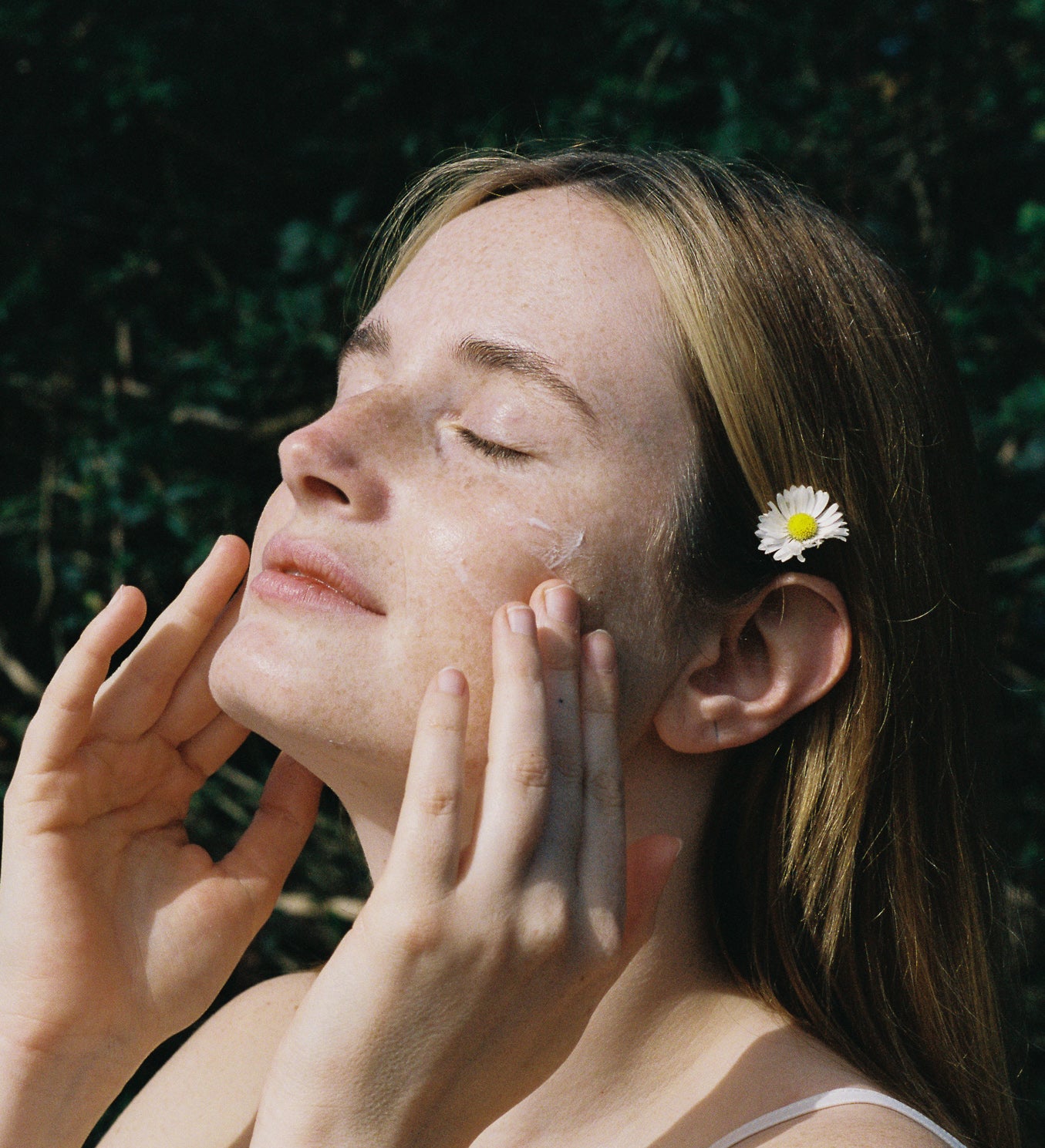We tend to put off dealing with our menstrual cycle until it starts causing us trouble, like when we’re suffering from period pain, taking or using contraception or trying to get pregnant.
Yet there’s so much more to our cycle than ‘just’ the days we bleed or ovulate. It’s as much about our period as it is about the time in between periods, throughout the entire duration of the cycle, because countless fascinating processes are already taking place in our body.
If you’re currently menstruating, you’re in one of the four phases of the menstrual cycle. And as your hormone levels continually recalibrate and rebalance, it can have an impact on your physical and mental well-being. Each of the four phases has a distinct purpose and comes with its own power that you can use to your advantage.
The Four Phases of the Woman's Menstrual Cycle
We might have all wondered at one point or another why our hormones fluctuate again and again during our period. However, we find the same principle at work everywhere around us in nature; it’s in the ebb and flow of day and night, blooming and withering or summer and winter. It is not for nothing that we often refer to the world as "Mother Nature" — for she is constantly changing, and so are we.
This perpetual cycle is inextricably linked with every part of nature. And it happens within us too each month. It’s a process that has no choice but to sweep us in and bring us up to speed with our ever-changing environment.
In doing so, we move to the rhythm of the seasons: just like how spring fills us with new energy after a long and dark winter, we are drawn out into the world after a difficult period. And no sooner has spring started than it already begins to feel like a breezy summer vacation. As we drink up the last rays of sunshine, our body takes in the autumn harvest and we return to where we started: menstruation.
Winter: MenstruationDuring the very first day of bleeding, our body begins to shed parts of its uterine lining from the last cycle and the accompanying blood along with it. And although this departure signals a farewell — an often painful one too — at the same time, it also means we can now welcome a new cycle.
Much like the December solstice to mark the longest night of the year and the official start of winter, we tend to have less energy during the first few days of our period too. We seek calm refuge in order to burrow down and take good care of ourselves. Some find that this time also lends itself a new sense of creativity, as we develop a deeper relationship with both our bodies and our inner voice.
Spring: Pre-ovulation, follicular phase
After a long winter, our energy levels slowly begin to increase. Some body aches and mental troubles often clear up and we’re eager to get out into the world, like a flower in full bloom.
This stage, also referred to as the follicular phase, overlaps with menstruation. It is characterised by the release of the follicle-stimulating hormone (FSH) in our pituitary gland that stimulates follicles — tiny nodules that house egg cells — to develop in our ovaries, all the while our uterine lining rebuilds.
And that's not all: At the same time, our estrogen and testosterone levels rise. We feel more confident and might even take more risks. While the testosterone fuels our libido, the estrogen makes us more extroverted. The luteinizing hormone (LH) is also produced to trigger ovulation.
Much like the restlessness of spring fever, it can feel like we’re practically bursting with life. We might even take those thoughts and ideas we had been mulling over earlier and finally put them into action. Yet we must be careful not to take it all on at once and possibly over do it.
It’s important to set priorities and make a conscious effort to decide which projects deserve our full energy and attention during this particularly rosy part of the month.
Summer: Ovulation
This is the moment our body has been preparing for: Shortly after the luteinizing hormone (LH) has reached its peak, a follicle will burst to release the egg cell within for fertilisation, thus beginning the second half of the menstrual cycle.
Estrogen and testosterone levels reach their maximum — and we are flying high. We tend to feel more extroverted, energised, attractive and self-confident, with a particularly ravenous desire for sex… a passionate love affair, or at least a summer fling.
It’s the perfect time for us to get down to business, both professionally and intimately.
Autumn: Pre-menstruation or luteal phase
Even the sweetest summer inevitably fades into fall. The bright green leaves transform into mesmerising shades of red, orange and yellow. Similarly, the estrogen and testosterone that brought us to life earlier begin to decline as the hormone progesterone takes over instead to calm us down and make us more reflective.
As this process happens in our brains, the lining of the uterus starts to relax so that it can prepare itself to receive a fertilised follicle holding an egg. Our body temperature increases slightly. If the egg is ultimately not fertilised, our body prepares for menstruation instead, or the breakdown of the uterine lining.
It’s especially toward the end of this phase that PMS symptoms usually appear. We might become more sensitive, irritated even, and hyper-alert to our surroundings... Like crisp fall air that can abruptly pick up around us.
Now is the perfect time to turn inward and be kind to ourselves, integrating more elements into our everyday routines to boost comfort and confidence — especially to prep us for the cold winter ahead.
Making peace with change
Each month, our menstrual cycle offers up a new chance to teach us acceptance. While we are well aware of the ups and downs, we can choose to not get worked up about them; it’s simply the way things have always been and will always be. We go with the flow — of our periods and of life itself.
Yet when we glance at the world at work around us, often it’s built according to a more ‘male’ pace, with a focus on a constant and ever-growing productive, rather than natural change and evolution.
What if we learned to be more accepting of the cycles of life? Taking everything in naturally, like we do with the coming and going of the tides, instead of “Faster! Higher! Stronger!” and “move fast and break things.” Perhaps it would help us remember what it’s like to live more harmoniously with nature and how to take better care of our surroundings too.
The menstrual cycle as a source of strength
Obviously, our menstrual cycle doesn’t always stick to a fixed schedule that we can follow. (If anything, it’s the cycle that tends to follow us wherever we go... ) Much like most things in life, our cycle sometimes becomes a little confused and chaotic, and it’s guaranteed to be a little different every time. That’s just one of the many facets that distinguishes life through the female lens.
Yet keeping track of and living according to our cycle shouldn’t take away from nor limit our lifestyle. On the contrary, it can liberate us by putting us even more in touch with our feelings. It can give us answers to our questions. And it can help us live more in accordance with our own pace and rhythm and become more aware of who we are.
Perhaps our menstrual cycle can also be an invitation to let ourselves wander. Let us determine our own direction, even swim against the current or weave off-course sometimes — yet never go against our own unique flow.
Giving your body the attention it deserves during your period can be a step in that direction. Use this time to treat yourself to a little massage with, for example, a soothing period cream. Be in harmony with your menstrual cycle, release new energy each month and channel it toward the things that are most important to you.

